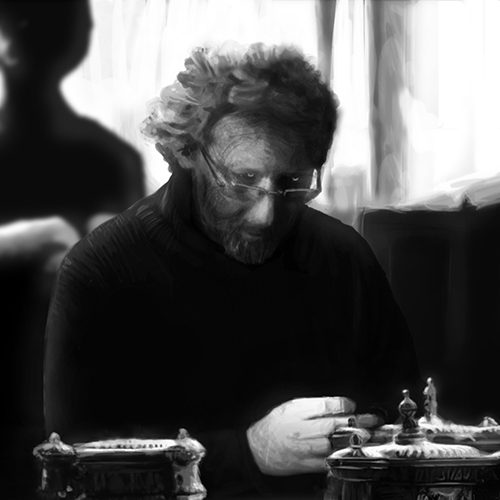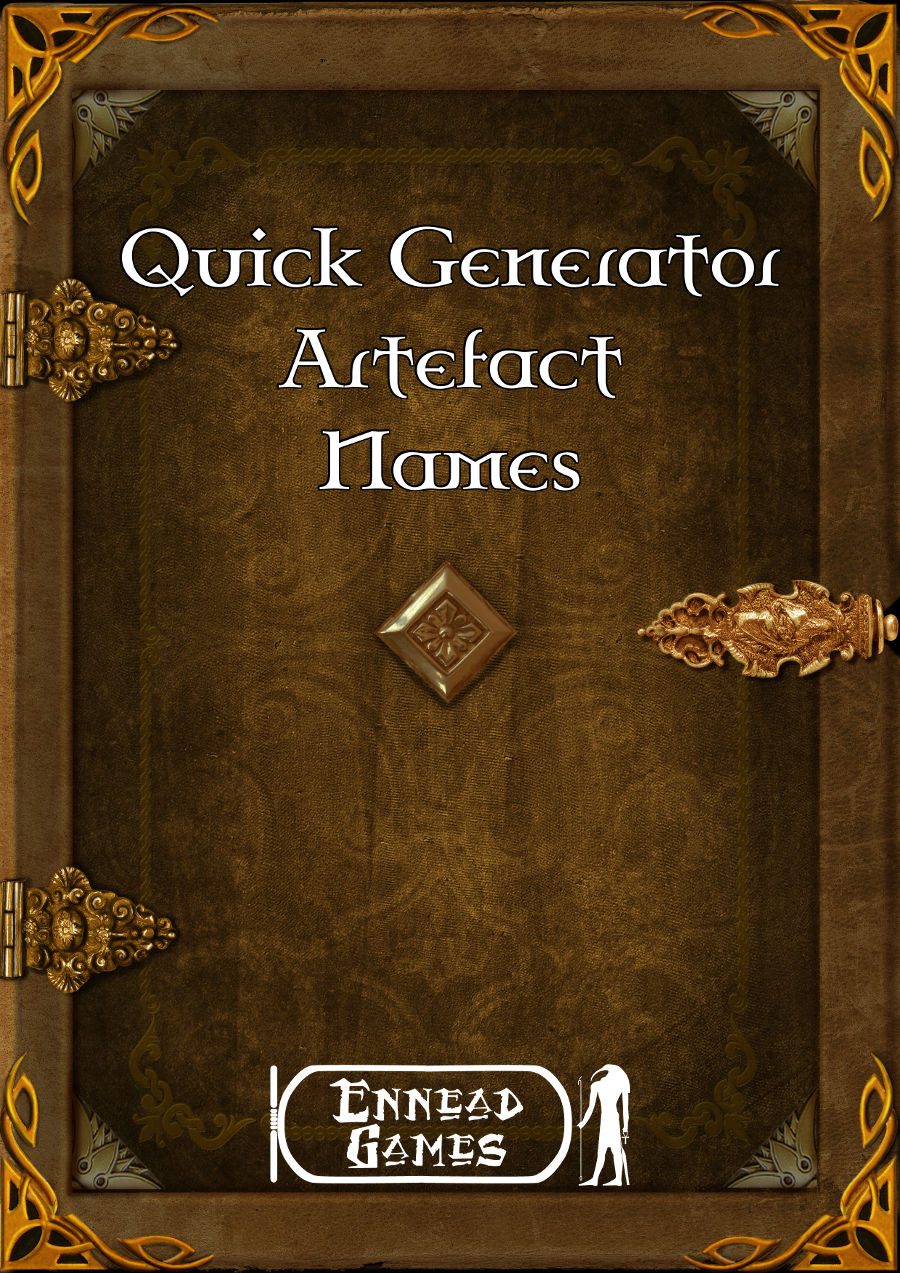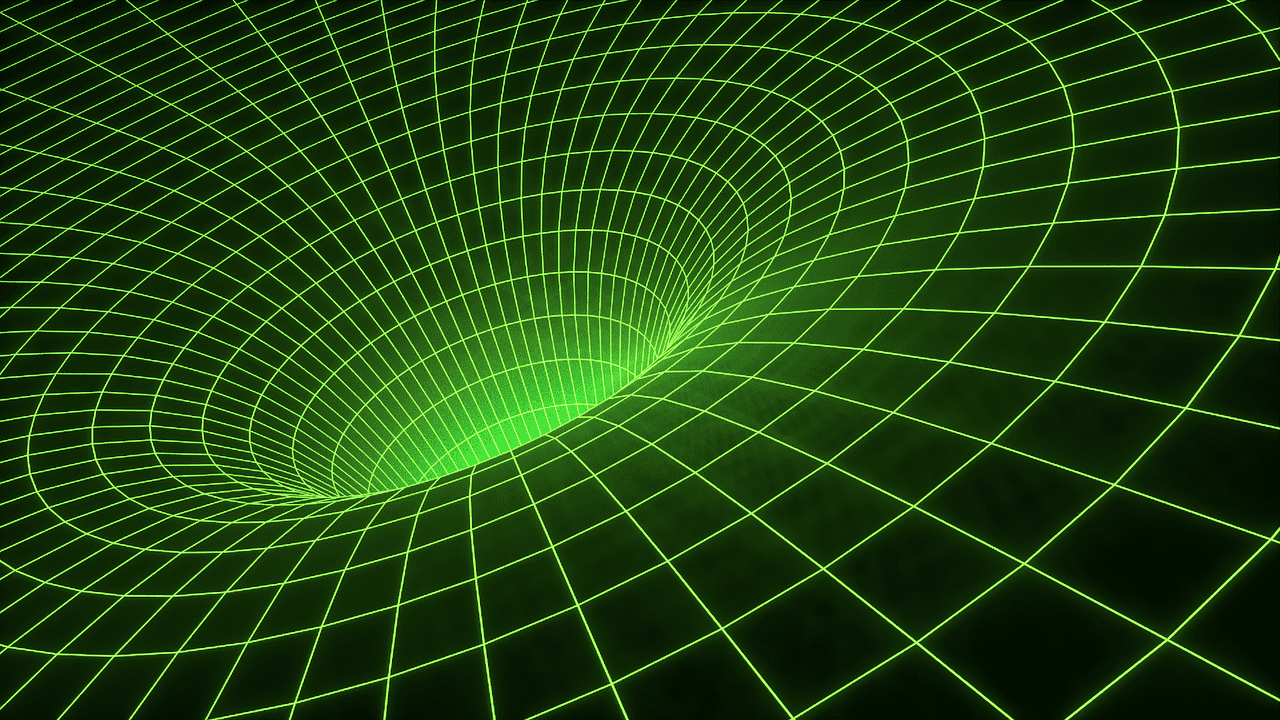
The Nomenclature of Elementals & Finding Design Space, Part 2
Phil Nicholls blogs at Tales of a GM, where he writes about narrative gaming, faster prep and more story. He is currently running a HeroQuest Glorantha campaign in a home-brew setting. Phil has written for Johnn Four’s Roleplaying Tips newsletter and has a selection of self-published pdfs.
This essay is taken from the archives at Tales of a GM. http://talesofagm.com/
In part one of this series, I introduced several ways to present the traditional elemental creatures. Here in part two, I turn to the more exotic elemental options.
Half-Elementals
The second major category of elementals are the half-elementals. These hybrid beings mix the traits of flesh creatures with those of the pure elementals. This hybrid nature may appear in their form, or in their substance. To make this distinction clear, I subdivide half-elementals into semi-elementals and demi-elementals.
Semi-elementals
The most common half-elementals are the semi-elementals. These beings take the shape of an existing flesh creature, yet retain the substance of a pure elemental. The most prolific semi-elementals have the shape of animals, giving them the equivalent ecological role as the lesser elementals.
Once again, this opens up more design space. If you have an iconic creature for your elemental setting, then this is another way to highlight this creature. So, if dragons are your iconic Fire creature, then you can populate the plane of fire with semi-elemental dragons made entirely of fire.
Of course, you should not restrict yourself to the one semi-elemental. For increased variety, have lesser versions of the iconic creature fulfil lesser roles in the ecology. To continue the dragon example, this suggests semi-elemental wyverns and drakes, as well as lizards, or snakes, of all sizes.
It is possible to take the concept of animals made of elemental matter too far, and overwhelm a setting with fire lions hunting fire gazelle and fire zebras. However, there is space for more than one type of elemental creature. An appropriate predator creature, and a couple of prey animals would suffice.
These exotic creatures also make impressive mounts for Heroes. I am sure many Players would like their Hero to ride a horse made of fire, or a tiger made from living rock. Such creatures would be powerful status symbols among the nobles. Capturing and taming a horse made of fire would make a fascinating side-quest.
Bipedal Options
Another, less common, version of the semi-elemental, is the bipedal or humanoid one. This represents a sentient race of human-like elementals with bodies made entirely of raw element. There are only a small number of design options here, but it is an under-utilized space.
These humanoid semi-elementals provide a useful step between the more conventional planars and the traditional elemental types. Nor must they always appear as humans made of elemental matter. Any sentient race in your setting could have a semi-elemental form. So, merfolk made of water, or angels formed from air are possible within this category.
Demi-elementals
The other category of half-elementals are the demi-elementals. This category stands between the bipedal semi-elementals and the true planars with bodies of flesh.
A demi-elemental has a hybrid form, being part raw elemental material and part flesh. The djinn is the classic demi-elemental, having a flesh torso atop a column of air. This design template is easy to apply in any setting. Simply take a planar race and replace the legs with a column of the associated element.
However, other combinations of flesh and elemental matter are possible in demi-elementals. For example, wings of air on an otherwise flesh air semi-elemental, or a dwarf-like semi-elemental with hands of stone.
Nor is there any requirement for the flesh parts to all connect. Your semi-elemental could have a torso made of living flame, with flesh head, legs and wings. Demi-elementals can be quite bizarre combinations of flesh and element, only limited by your imagination.
Conclusion
I hope the breakdown of elemental creatures in this short series is helpful. From the more traditional pure elementals to the exotic half-elementals, there is a lot of unexplored design space. An elemental no longer needs to be just a living column of raw element.
How do you add an elemental to your game? Have you experimented with different categories of elemental? What do you think of these categories? Share your thoughts in the comments below.
Happy Designing
Phil
For more essays from Phil, and updates about his latest campaign, visit Tales of a GM.
http://talesofagm.com/



